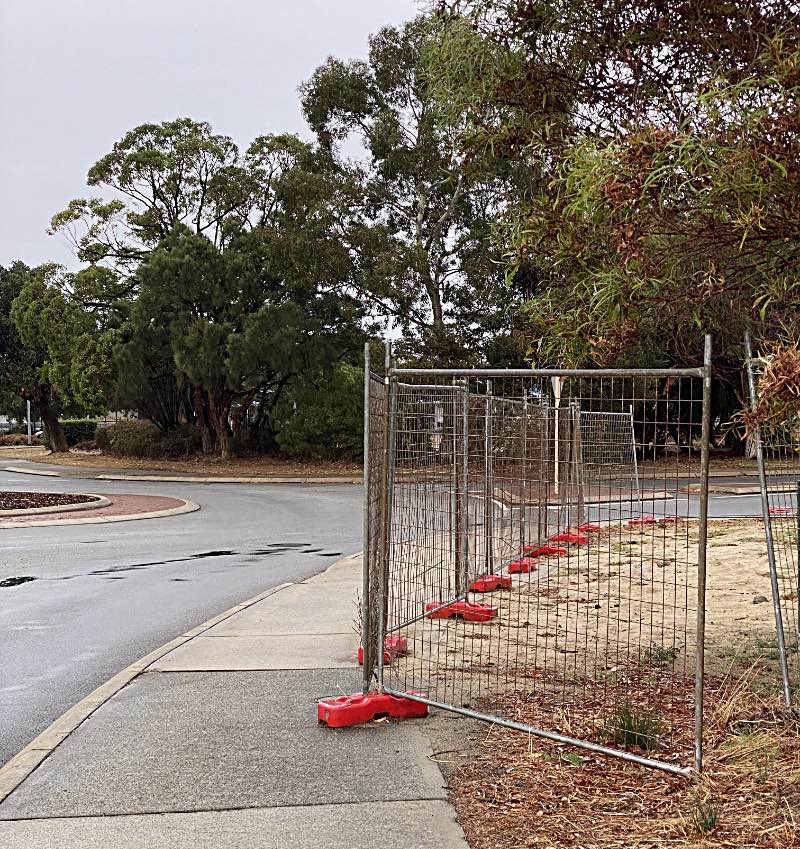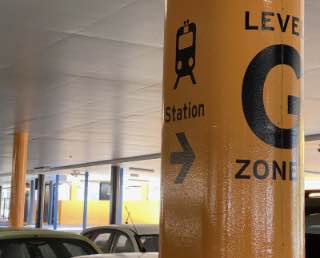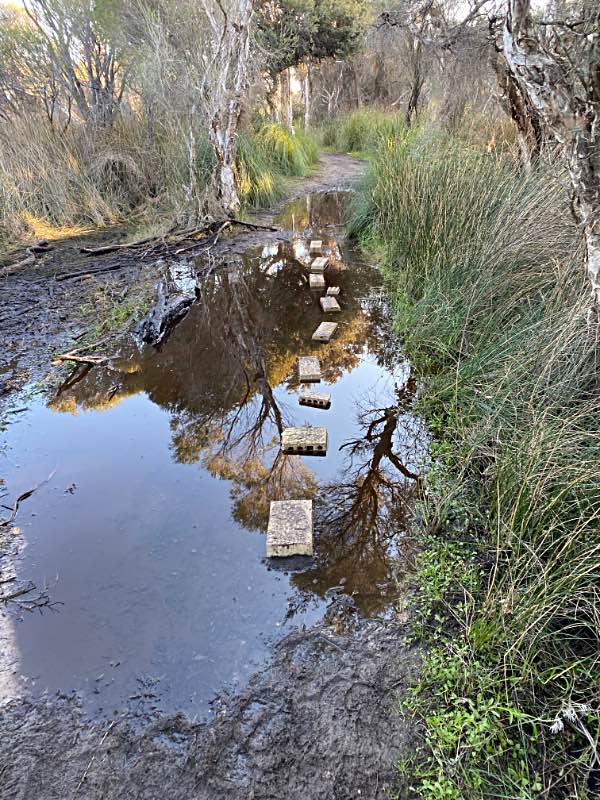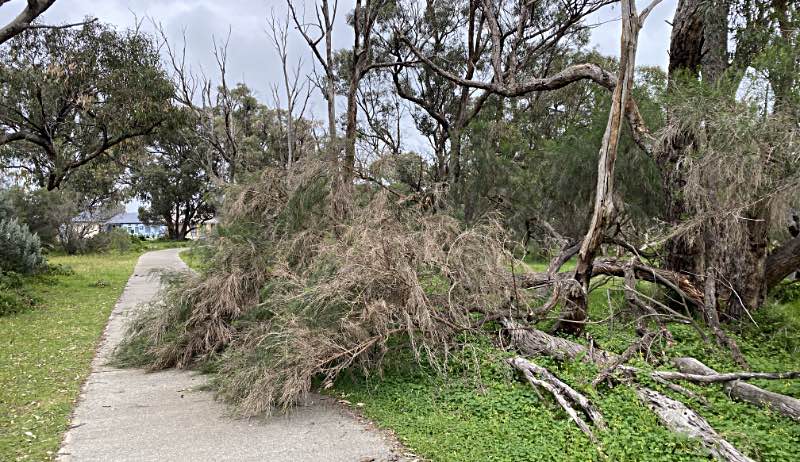An obstructed path
|
Why were we all so unwilling to do something about it? I suspect it didn’t occur to most of us that we could do something about it.
Why did the council allow the fence to encroach on the path when there was no need for it? Why did I put up with it for so long before I did something about it?
One reason for the inaction that was suggested to me is that we all just supposed, with little thought, that there was a good reason for the fence to be where it was. That whoever put it there had a good reason to do so. That the authorities wouldn't have allowed it to partly obstruct the path if there was no need.
I took this photo so that I could send it to the local (Mandurah, WA) council and ask that the fence be moved. They sent an automatic reply, showing only that they had received my request. A week or so later, having received nothing further from council, I moved parts of the fence myself and informed council. I told council that I could not move the fence as far as it needed to be moved because of its weight. Some weeks later I received a message from Council saying that the matter had been resolved - I saw no change in the position of the fence. With some help from an unknown person I have since moved the fence completely off the path.
Of course the far broader question, and the reason I created this page, is why do we sometimes put up with something that is poorer than it might be when we could easily improve it?
|
|
|
Mandurah station multi-story carpark
|
If the row number is marked at all it is on the side that the great majority of people parking their cars cannot see. Depending on where they park people parking will likey have to walk around to the far side of a column at the end of a row of cars to see the row number (which for some obscure reason is called the zone number).
Note in the photo on the right that the level (G - ground) is conspicuous, but the row (zone) cannot be seen from this angle. Note also that there is nothing on the distant column; most columns are unmarked.
|
|
|
All that is needed is for the columns to be marked on the sides that people who park can see - such as in the photo on the right.
By 2023/11/20 I had not had a reply from TransPerth.
|
The most curious thing
Perhaps the most curious thing about my own lack of action on the fence discussed above is that I have acted on other things, such as weeds in and adjacent to parks and picking up roadside rubbish. I have planted thousands of trees in public and private places and revegetated some wasteland against the opposition of the government authority. I have exposed a council for destroying roadside vegetation in contravention of their own rules.
And in particular I have taken action in spreading the facts about wind power and countering the lies and delusions of those who have opposed wind power, yet it took me a year to realise that I could, and should, either get this fence moved or move it myself.
Does fear of litigation stop people from acting?
In the situation where the pond of rainwater obstructed a trail most people just attempted to walk around it, but that tended to just spread the muddy area as well as damaging some of the adjacent native vegetation. Some people just turned around and went back the way they came.Why were people reluctant to do anything to improve the situation? Was it that they didn't think of doing anything? Was it laziness, or might it also have been fear of litigation?
With these bricks in place and in this very litigious age, if someone was to slip off a brick and twist an ankle or even break a hip, would they consider suing the person who put the bricks there? I can well imagine that fear stopping someone from trying to fix the situation.
Is it time our courts started making people take more responsibility for their own choices and actions, rather than trying to blame others - especially in cases when those others are well intentioned?
|
|
It's better to light a candle than to curse the dark
|
This is so fundamentally important a concept, and one that a great many people apparently fail to grasp, that I should explain what it means. It is this: if you don't like the way something is, don't just complain about it, do what you can to make it better.
Putting it another way, "Don't just walk by, do something".
|
The dishonest politician
In February 2024 Australia's federal government made public a proposal to establish an offshore Windfarm zone near my home in Mandurah (the closest turbines, if the wind farms were to be built, would be about 40km away).
|
This was by no means the only unethical action of Mr Hastie's. I've catalogued them on a dedicated page on this site.
Whether or not one approves of something like an offshore wind farm, no one, especially someone in a position of some power and responsibility, has the right to lie and misrepresent the situation.
Following my own advice, I decided to 'not just walk by, do something about it'. I attempted to get started a campaign to replace Mr Hastie with an honest, progressive community independent politician. Whether my efforts will come to anything remains to be seen.
In Australia a few community independent politicians were elected in the federal election of 2022. They have already changed Australia's parliament and government for the better.
Mr Hastie is just one dishonest politician. We should all do what we can to replace all the dishonest politicians with honest ones. Don't just walk by, do something




